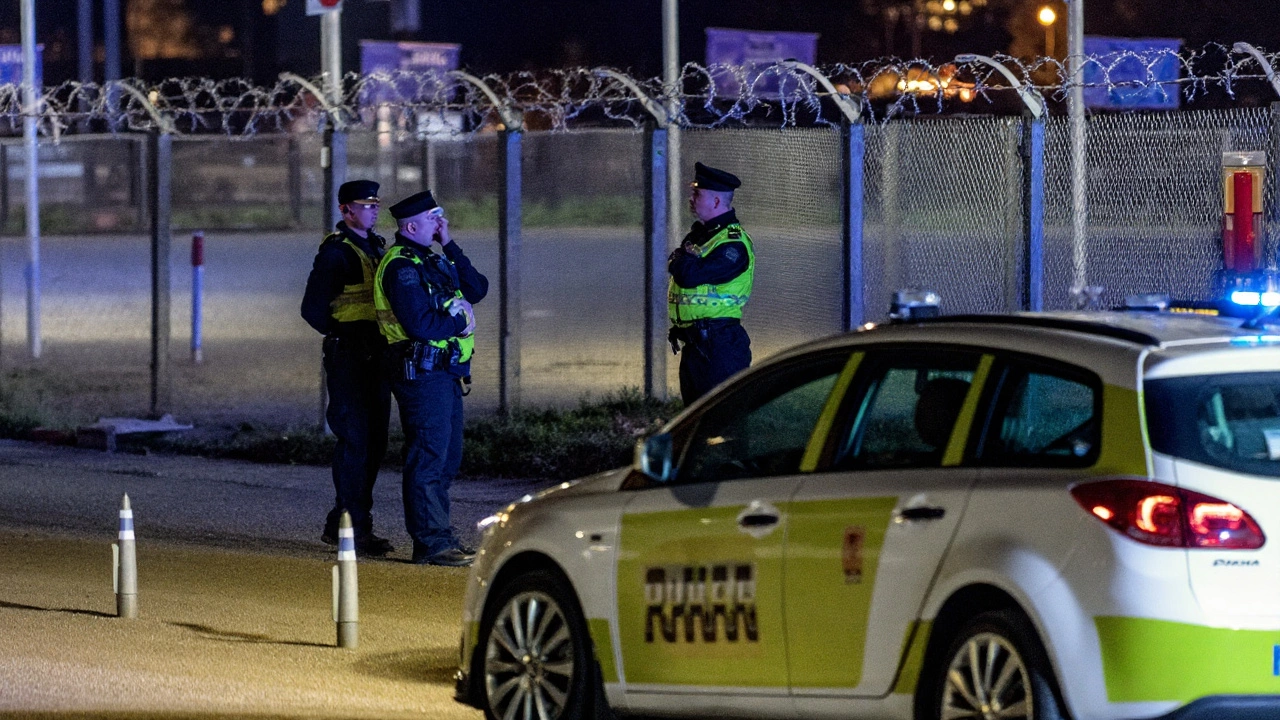What happened at Copenhagen and Oslo airports?
At about 8:46 p.m. local time on September 22, police monitoring the sky over Copenhagen Airport reported spotting “two to three larger drones” buzzing inside the airport’s protected zone. Within minutes the runway was closed to all traffic, grounding departures and landings for nearly four hours. The airport finally reopened around 12:30 a.m. on September 23, but not before a cascade of delays forced at least 15 flights to divert to other hubs, according to FlightRadar24 data.
Only a short distance away, Oslo Airport faced a parallel crisis. Norwegian police received reports of drones hovering near a military installation close to the airport, prompting an immediate suspension of flights. By 9:10 p.m., two foreign nationals were detained for operating the devices in a prohibited zone. Their arrest came after authorities confirmed the drones were breaching air‑space rules that protect both civilian and military facilities.
The synchronized nature of the two incidents—identical timing, similar aircraft, and comparable security responses—quickly raised eyebrows among aviation regulators and intelligence agencies. Both Copenhagen and Oslo are among the busiest gateways in the Nordic region, so a coordinated disruption had a ripple effect on travel across Europe.

Implications and response
Danish Prime Minister Mette Frederiksen addressed the nation, saying the events should be viewed against a backdrop of recent cyber‑attacks on European airports and the wave of Russian aerial incursions into NATO airspace. While she stopped short of assigning blame, she noted that the drones could be part of a broader strategy aimed at testing the region’s air‑defence readiness.
Norway’s defense ministry echoed similar concerns, highlighting that the drones were spotted near a sensitive military site, an area that has already been on high alert due to heightened tensions with Russia. The arrests in Oslo suggest that law‑enforcement agencies are keen to send a deterrent message: unauthorized drone flights over critical infrastructure will be met with swift legal action.
Security experts warn that commercial airports are increasingly vulnerable to small‑UAV threats. Unlike traditional aircraft, drones can be launched from a relatively low‑cost platform and navigate tight spaces, making detection and interception a technical challenge. In response, several European airports have begun investing in radar‑based drone detection systems and rapid‑response teams trained to neutralize rogue UAVs before they endanger flights.
For travelers, the immediate fallout was palpable. Thousands of passengers were stranded in terminal lounges, scrambling to rebook connections or find overnight accommodations. Airlines reported a surge in passenger‑service inquiries, and the disruptions added pressure to already tight holiday travel schedules.
Looking ahead, both Denmark and Norway are expected to tighten air‑space regulations around their main hubs. Proposals on the table include expanding the no‑fly radius, imposing heavier fines for violations, and mandating real‑time drone registration linked to a central European database.
The incidents also serve as a reminder that the line between cyber‑threats and physical‑world tactics is blurring. As drones become more sophisticated, the risk of them being weaponised—or used as a distraction while other attacks unfold—cannot be ignored. Authorities across the EU are therefore coordinating a joint task force to share intelligence, standardise response protocols, and develop continent‑wide counter‑UAV strategies.
While the immediate emergency has passed and both airports resumed normal operations, the episode underscores a growing security dilemma: how to protect busy civil aviation corridors without stifling the legitimate commercial and recreational use of drones. For now, the focus remains on tightening controls, improving detection technology, and ensuring that future drone incidents are identified—and neutralised—before they ground another runway.
